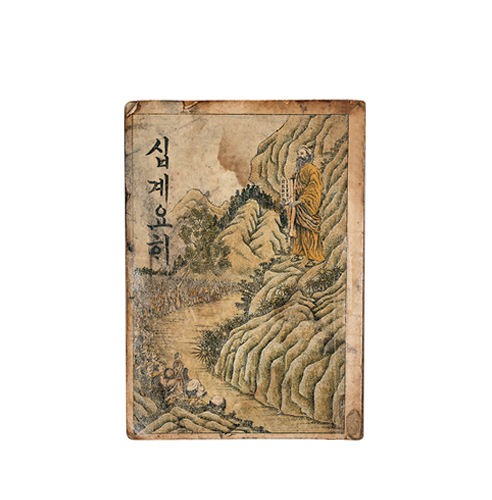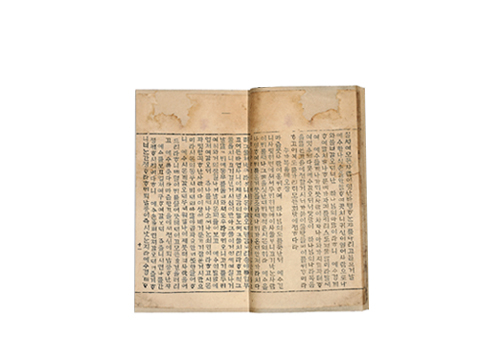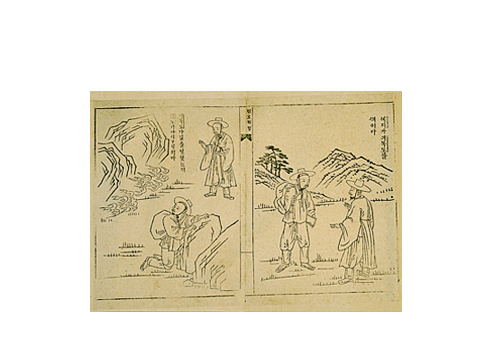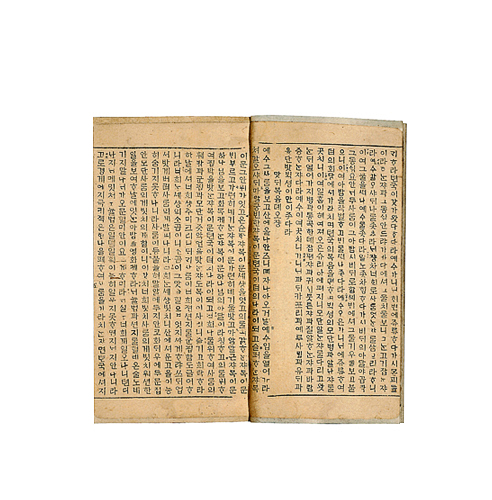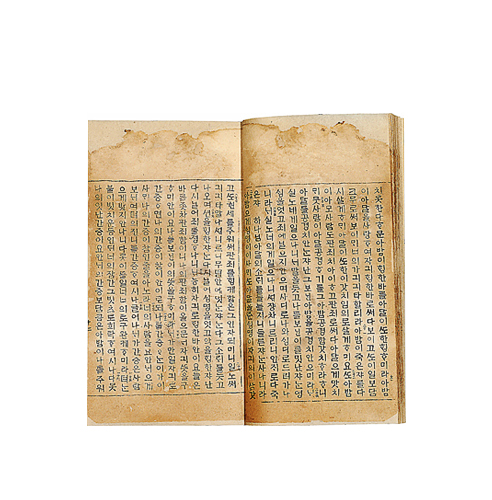The Christianity in Korea Room houses artifacts relating to the Nestorian heritage, the historical origins of Korean Christianity and the acceptance of the Catholic faith, the growth and persecution during the later period of the Joseon Dynasty, the spontaneous acceptance of Protestantism and the activities of Protestant missionaries, and Korean bibles, all of which offer an insight into the development of Korean Christianity.
Permanent Exhibition
-
- Exhibition
- Permanent Exhibition
- History Hall for Christianity in Korea
Category Title
The Spontaneous Acceptance of Protestantism and the Publication of the Korean Bible
Korean Protestantism underwent a historically peculiar experience. Even before the first American missionaries officially entered Korea in 1882 and began preaching Christianity in earnest, Korean Bibles were being published by Korean Christians and distributed for reading. Korean Christians, using Korean Bibles, had accepted the gospel and even established churches before any foreign missionaries entered the country. A considerable number of people were baptized. As such, Koreans themselves translated the Bible into Korean, disseminated its teachings, and spontaneously created a faith community. This represents an unprecedented development in the history of Christian missions throughout the world.
The Publication and Proclamation of Korean Bible
Since the Joseon government had banned Christianity, the first Korean Bibles were published overseas. In the mid-1870s, Korean businessmen such as Baek Hong-jun, Suh Sang-ryun, and Lee Eung-chan, all of whom were from the nation's northwestern region, were engaged in commercial business in Manchuria when they met the Scottish Ministers J. Ross and J. MacIntyre, who were conducting missionary activities in China. The businessmen converted to Christianity and began to translate the Bible into Korean together with them, resulting in the publication of Korea's first Bible°™The Gospel of Luke°™in 1882. In 1887 they finally completed the translation of the entire New Testament, and published The Oldest New Testament in Korea. Meanwhile, Lee Su-jeong, who went to Japan to observe the progress of an advanced civilization, translated and published a Sino-Korean The Gospel of Mark. Thus, even before foreign missionaries made their way into Korea, Korean Bibles were published and distributed, paving the way for the spontaneous establishment of churches.
